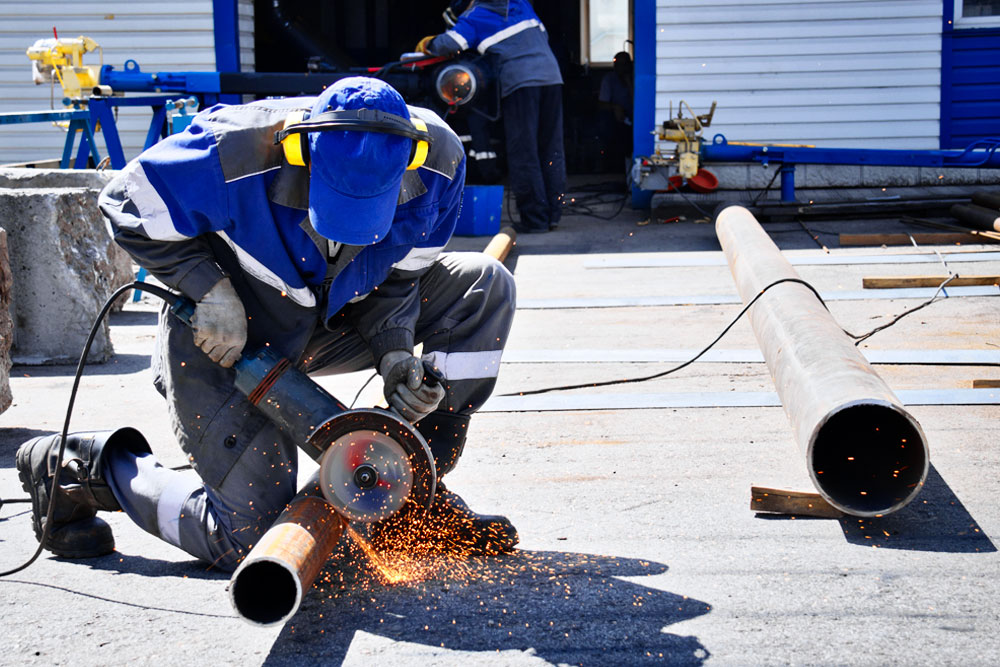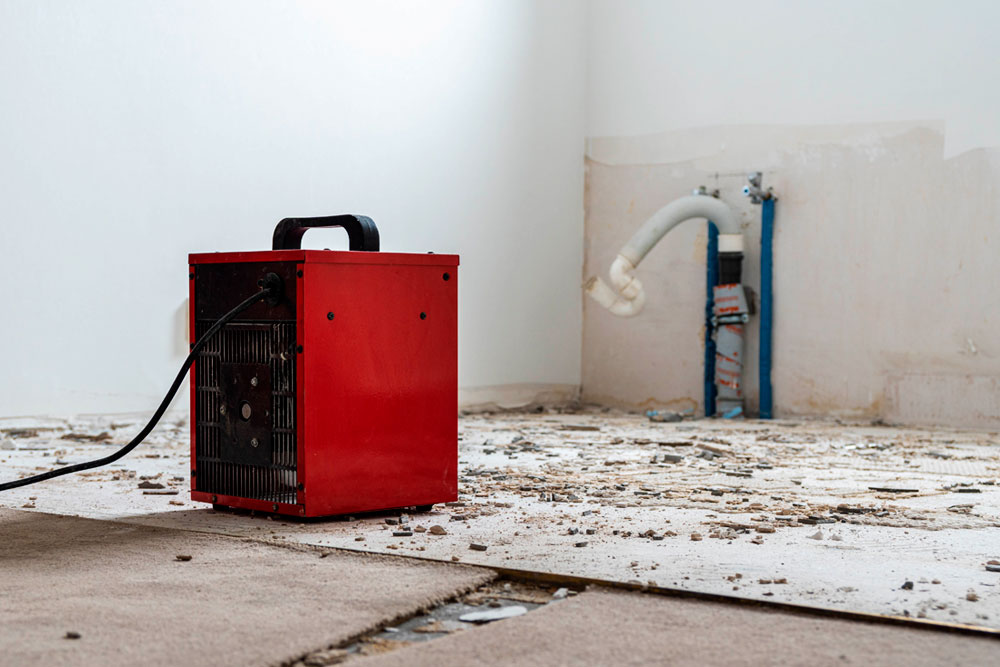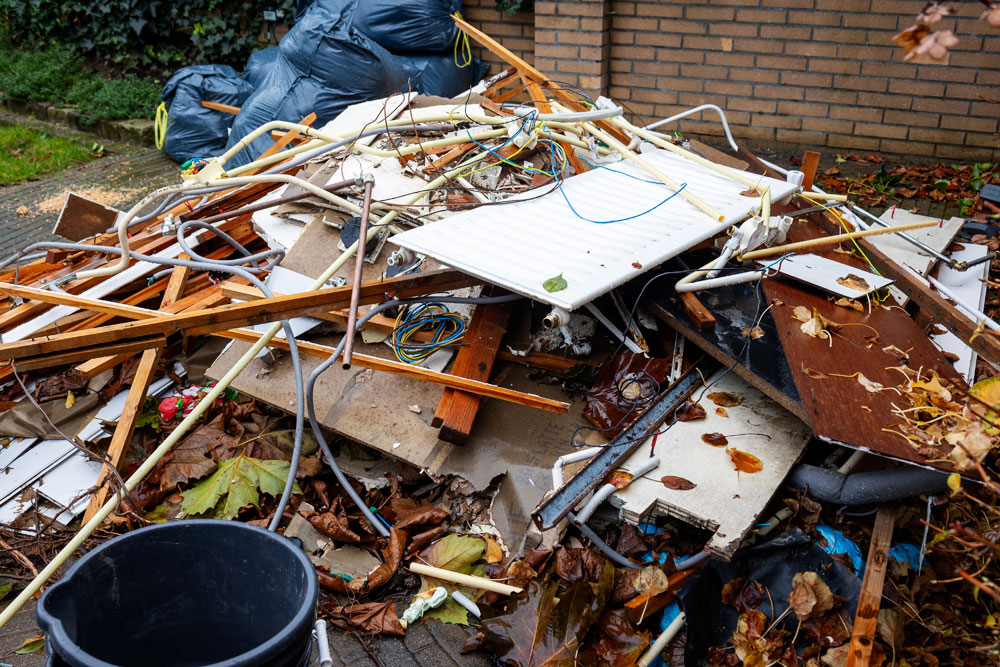
Fires on construction sites can be devastating. If you’re lucky, you’re facing project delays and property damage. Other times, it’s severe injuries and loss of life.
And the nature of construction work makes fire a serious and ever-present threat. A typical site is filled with fire hazards, and conditions are constantly changing, making it harder to track and control fire risks.
This blog will explain the types of fire hazards on a construction site that you must know how to spot and manage, helping you keep your site safe and compliant.
Legal Responsibilities
Fire safety on construction sites is mainly regulated by the Fire Safety Order 2005 (FSO).
Under the FSO, every workplace (including construction sites) must have a “responsible person” oversee fire safety.
For construction sites, this person is usually the principal contractor. They must carry out a fire risk assessment of the site and manage appropriate fire safety measures.
Fire safety is also referenced in the Construction (Design and Management) Regulations 2015 (CDM).
Under CDM, the principal contractor must consider the findings of the fire risk assessment when planning and managing safety on-site.
Other contractors are also expected to take reasonable steps to reduce the risk of injury from fire. So, everyone should be aware of the types of fire hazards on a construction site and relevant controls.
Why On-Site Fire Safety is Critical
Construction sites are particularly vulnerable to fires. In the last year for which statistics are available, there were 373 fires on construction sites. Around a third of these fires were deliberate, but most were accidental. (“Placing articles too close to heat” was the leading unintentional cause.)
And if a fire breaks out on a construction site, it can spread quickly. Fire protection measures are often incomplete during construction, and sites are typically empty outside of work hours, meaning no one’s around to raise the alarm.
So regularly identifying and controlling fire hazards is critical to ensuring that work stays on track and your site is safe and compliant throughout the project.

Common Types of Fire Hazards on a Construction Site
A fire needs three things to start and burn:
- Ignition source (the heat)
- Fuel (the material that burns)
- Oxygen
These three elements make up the fire triangle, and you’ll find plenty of each on a typical construction site.
Ignition Sources
Construction sites are filled with activities and equipment that provide the heat needed to start a fire. Common sources of ignition include:
- Hot works, such as welding and grinding
- Naked flames from equipment
- Faulty or misused electrical equipment
- Temporary lighting and halogen lamps
- Plant and equipment, including vehicle exhausts
- Portable heaters
- Heaters in temporary accommodation units (TAUs)
- Friction-generated heat from equipment like disc cutters
- Static charge from mechanical equipment
- Overloaded or damaged electrical installations
- Spontaneous ignition from chemical reactions in oil-soaked rags or paint scrapings
- Workers’ cigarettes and lighters

Fuel Sources
Fuel is anything that can burn, and construction sites store a variety of flammable materials. These include:
- Building materials, such as insulation, timber and PVC
- Rubbish and waste materials
- Packaging materials
- Flammable liquids, such as paints and varnishes
- Protective coverings and scaffold sheeting
- Fuel for plant and portable equipment
- Gas cylinders containing flammable gases (e.g., LPG and acetylene)
- Petrol-powered tools like disc cutters

Oxygen Sources
Obviously, workers need a steady air supply. But you can still take steps to manage oxygen levels on-site and reduce fire risks:
- Close unnecessary openings, such as windows and doors, when not in use
- Shut down non-essential ventilation systems
- Safely store and manage oxygen cylinders used on-site
Managing Fire Hazards on Construction Sites
Effectively managing fire hazards on a construction site starts with regularly reviewing the fire risk assessment.
As projects develop, new risks can appear, so the assessment needs to be updated to reflect changes on-site. The goal is to identify and control ignition sources and fuel sources.
Key steps to manage fire hazards include:
- Control ignition sources: Ensure permit-to-work systems are in place for high-risk tasks like welding or cutting. Electrical equipment should be regularly inspected to ensure it’s safe to use. Temporary lighting and heating units should be checked for faults or damage.
- Reduce fuel sources: Flammable materials, such as timber, fuel and waste, should be stored away from ignition sources and in well-ventilated areas. Minimising the amount of flammable materials on-site by using “just-in-time” delivery methods can also help keep the site safer.
Managing fire hazards is an ongoing process. Keeping your fire risk assessment up to date is vital to reducing risks and ensuring your site stays safe and compliant.
Common Mistakes to Avoid
Managing fire safety on a construction site requires constant attention. Avoiding these common mistakes can significantly reduce the risk of fires:
- Failing to update the fire risk assessment: Fire hazards change as sites develop. It’s essential to regularly update the fire risk assessment to account for new risks.
- Poor storage of flammable materials: Storing flammable liquids, timber and waste materials near ignition sources can lead to disaster. Keep these materials in secure, designated areas away from anything that could start a fire.
- Improper management of ignition sources: Unsafe hot works or faulty electrical equipment can easily lead to fires. Ensure permit-to-work systems are in place and electrical tools are regularly inspected.
- Neglecting fire protection measures: Failing to ensure the installation of proper fire stops or compartmentation during construction can allow fire to spread rapidly. It’s important to implement fire protection measures as early as possible in the project.
- Overlooking fire safety on smaller projects: Smaller construction sites often assume they’re at lower risk, but fires can break out anywhere. Fire safety measures should be taken seriously, no matter the size of the project.
- Ignoring fire safety training: All workers on-site need to know how to recognise and manage fire hazards. Not providing fire safety training puts everyone at greater risk.
Key Takeaways
- A fire risk assessment is required by law, and it must be regularly updated as the construction site changes.
- Common fire hazards on construction sites include ignition sources like hot works and fuel sources like timber and waste materials.
- Managing fire hazards involves controlling ignition and fuel sources and continuously reviewing the fire risk assessment.
- Common mistakes, such as unsafe storage of flammable materials, significantly increase fire risks.
- Fire safety training is essential for all workers to ensure they can effectively identify and respond to fire hazards.
Fire Safety Training
Ensuring your construction site meets fire safety requirements is essential, and comprehensive training is key.
We offer a range of online Fire Safety Courses that cover everything you need to know, including fire risk assessments, passive fire protection and best practices for managing fire risks. Our courses are designed to help you stay compliant and keep your site safe.
About the author(s)

Jonathan Goby








































































































































































































































































































































































































































































































































































































































